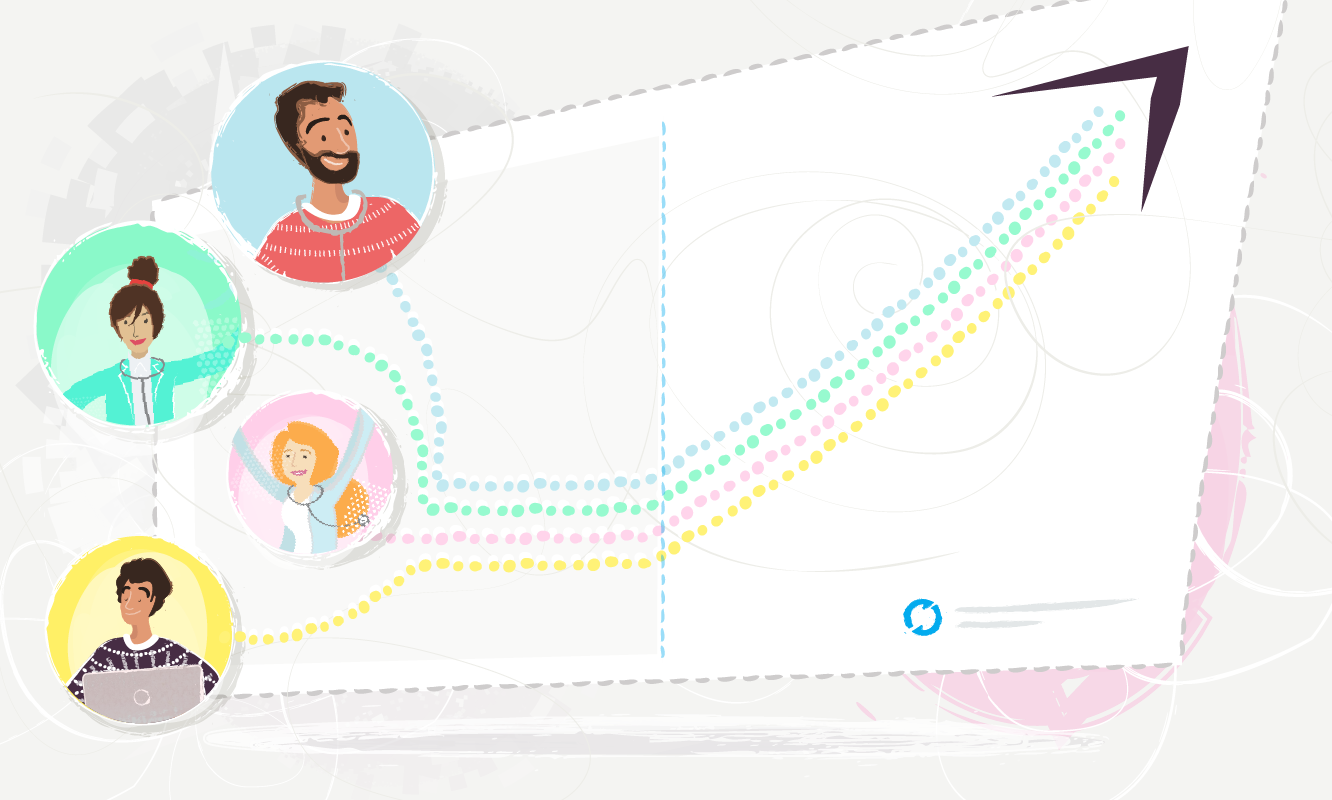Start improving with Life QI today
Full access to all Life QI features and a support team excited to help you. Quality improvement has never been easier.

Organisation already using Life QI?
Sign-up

Published on 30 October 2020 at 14:07

Population health – and how to manage population health to support better patient outcomes - has been propelled into public consciousness this year - not only for health and social care providers, but also for the wider public. Population health as a theme is not simply restricted to certain countries, cultures or even single health systems. It is a global challenge affecting all health systems no matter their location, size, type or purpose. The current pandemic has served to bring this acutely into focus.
Population health can be defined as "The health outcomes of a group of individuals, including the distribution of such outcomes within the group. These groups are often geographic populations such as nations or communities, but can also be other groups such as employees, ethnic groups, disabled persons, prisoners, or any other defined group."
Like so many widespread challenges we face, addressing population health cannot be carried out by any one, single organisation. No matter its size, reach or budget, there is unlikely to be a single healthcare provider out there who could claim to effectively shape population health on its own. This is a challenge that can only be addressed by working together, across organisations.
The need to collaborate to address population health is far from a new idea, but the means to do so effectively can remain difficult to facilitate. The Institute for Healthcare Improvement (IHI) recommends working with other stakeholders across the community in its Pathways for Population Health concept, saying that 'Health creation requires partnership, because health care only holds a part of the puzzle.' By its very nature, population health requires many types of organisations to work together, and not just different types of healthcare providers, but a wider collective of organisations that influence and service the communities we all live in.
So, the challenge becomes - how do we facilitate this kind of multi-agency working?
There are many elements to address to fully answer this question, but the one we want to highlight here is the use of technology to facilitate multi-agency collaboration.
The use of technology has changed the way we approach and carry out so many aspects of our personal and professional lives. The workplace of today would struggle to function without the effective use of technology, but still we can struggle to effectively use technology across organisational boundaries, and this is particularly noticeable across health and social care.
Here at Life QI, we are trying to do our bit to address this for healthcare organisations tackling improvement challenges.
Whilst a lot of organisations use Life QI to run and manage internal improvement projects, we have seen a widespread and increasing use of the platform to facilitate population health initiatives. These projects take the form of all shapes and sizes and are addressing a wide range of topics.
Examples vary - from maternity improvements in England, to the Paediatric Cardiac networks in the US, an ICU collaborative across Argentina, and primary care innovations in Canada. All over the world, organisations are tapping into the platform nature of Life QI to bring together diverse groups of people: working together on the same improvement challenges.
Through the use of projects, programmes, groups, data aggregation, discussions, and document sharing, teams are able to effectively and efficiently work together across organisational boundaries, whilst remaining in line with local information governance policies.
So, as you think about how you, your colleagues, and your wider healthcare agencies can work together to address population health, don’t let technology be the constraining factor. Used wisely it can easily be a significant enabler.
Full access to all Life QI features and a support team excited to help you. Quality improvement has never been easier.

Organisation already using Life QI?
Sign-up